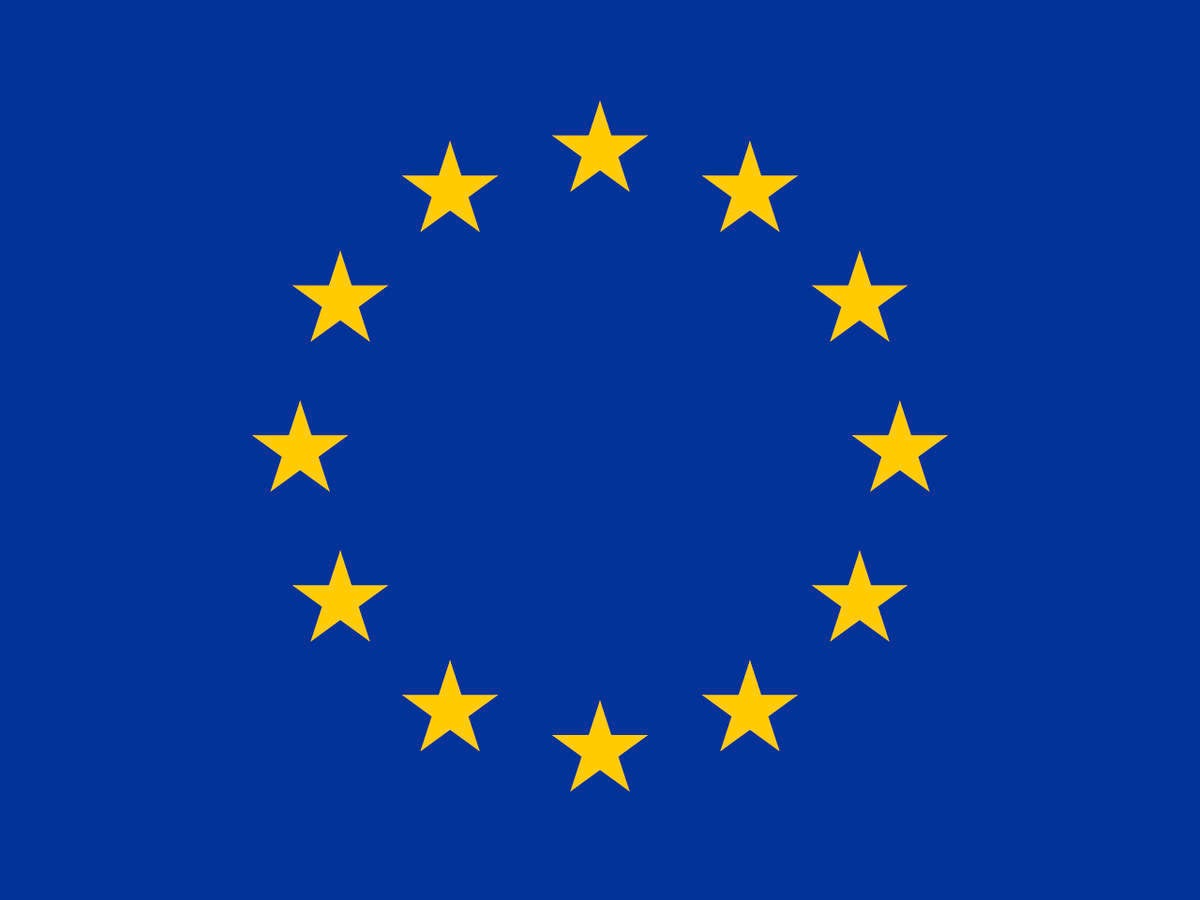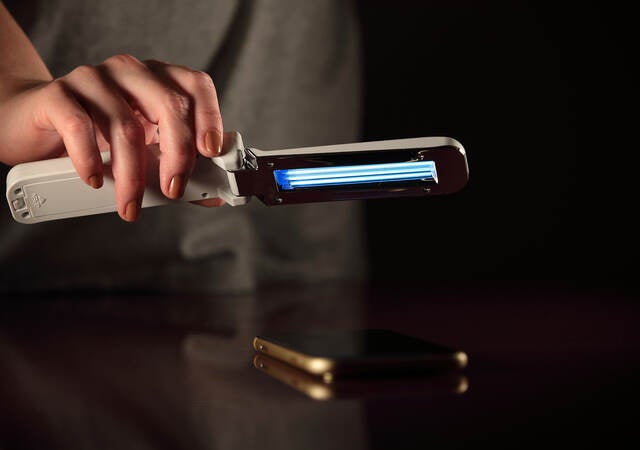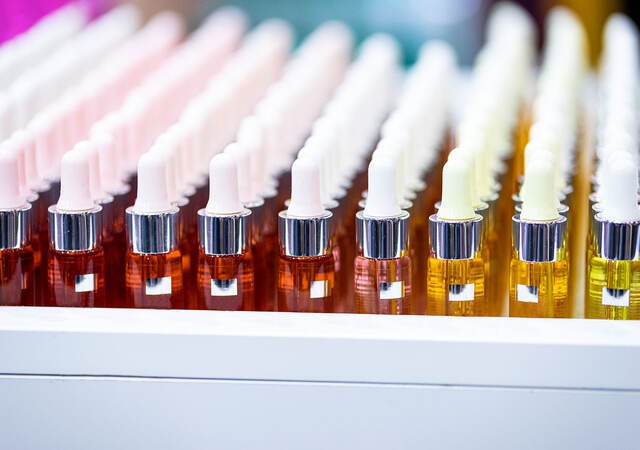July 14, 2023
By Elizabeth Pugh and Evangeline Loh
This series was inspired by a frequent question: we’re often asked about product compliance in the EU, and what legislation is applicable.
We first wrote about the New Legislative Framework (NLF) and Blue Guide which applies to a series of products: compliance is evidenced by the CE marking. In our second article, we discuss the use of regulations as a legislative instrument (note this is relevant to the historical developments here as well). In the third of this series, we write about the General Product Safety legislation. As we’ll describe, the scope of this legislation has evolved with time.
Directive 92/59/EEC
At the time, it was acknowledged (recital) that it was “very difficult to adopt Community legislation for every product which exists or may be developed”. Different member states were adopting different horizontal legislation on product safety. Thus, the enterprise required “a broadly-based, legislative framework of a horizontal nature”.
The General Product Safety Directive was first released in 1992 (Directive 92/59/EEC). This version of the legislation was succinct (19 Articles and one Annex) and applied to consumer products. Fundamentally, producers are required to place only safe consumer products on the market. The General Product Safety Directive applied if there was no specific product legislation.
Directive 2001/95/EC
The directive was revised nine years later as Directive 2001/95/EC (released in 2001). The recital mentioned above still exists, as recital 5. If there was EU legislation which applied, then the directive would only be applicable if the legislation didn’t include such provisions.
There are also market surveillance provisions for communication and exchange of information (Article 9, 10). The legislation enhanced the Community Rapid Information System (RAPEX), as the EU rapid alert system for unsafe consumer products. The moniker eventually changed to European Rapid Alert System for Dangerous Non-Food Products. Regulation (EC) No 765/2008 extended RAPEX to apply to all “harmonised industrial products irrespective of the final user (i.e. professional products) and to products posing risks to other protected interests than health and safety, for example risks to the environment.”
Directive 2001 remained for over 22 years until it was just replaced this past June 2023. And, as we have opined, it was released as a Regulation.
Regulation (EU) 2023/988
The General Product Safety Regulation (GPSR, not to be confused with GSPR from Annex I of the Medical Devices Regulation MDR 2017/745 or In Vitro Diagnostic Devices Regulation IVDR 2017/746), Regulation 2023/988, was released in June 2023. There are 108 recitals. It still only applies to consumer products (Article 1) and there are a list of products which are exempt (for example, medicinal products are exempt, Article 2(2)). There are aspects of this Regulation which apply to products covered by Union harmonization legislation. And, these are applicable to the product provided there are “no specific provisions with the same objective” in that Union harmonization legislation. There are conditions for online marketplaces. Safety Gate is introduced to modernize RAPEX.
While the GPSR is not a NLF legislation, there are now many provisions related to economic operators (EO) and responsibilities of EO. CHAPTER III is titled Obligations of EO, Section 1 has Articles 9-12, on Obligations of manufacturers, Authorized Representatives, Importers, and Distributors.
Concluding remarks
For manufacturers with products that are compliant to NLF or other Union harmonization legislation, the GPSR is still applicable, if the products are intended for the consumer though the MDR is pretty comprehensive. Even as it relates to RAPEX, Regulation 2019/1020 establishes that the vigilance requirements in the MDR achieve the same effect.
For manufacturers with consumer products for which there is no other specific Union harmonization legislation, the GPSR is applicable (for example a toothbrush for toiletry purposes).
Request more information from our specialists
Thanks for your interest in our products and services. Let's collect some information so we can connect you with the right person.






